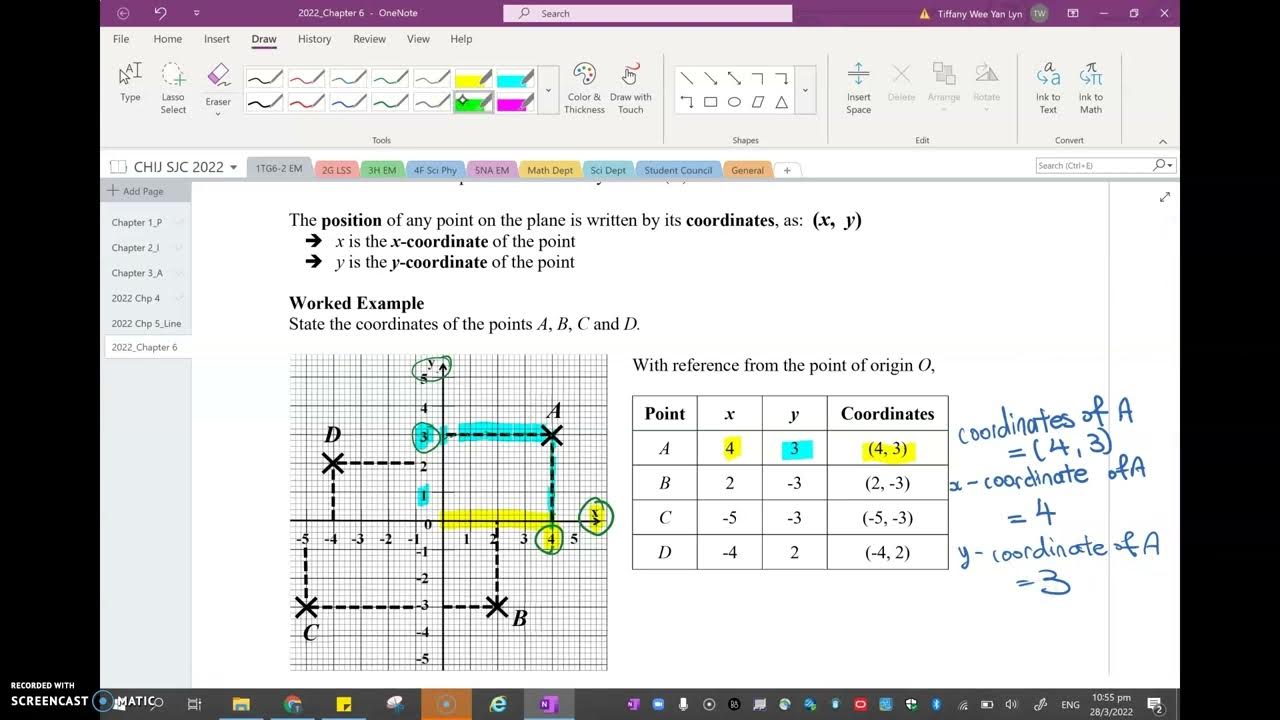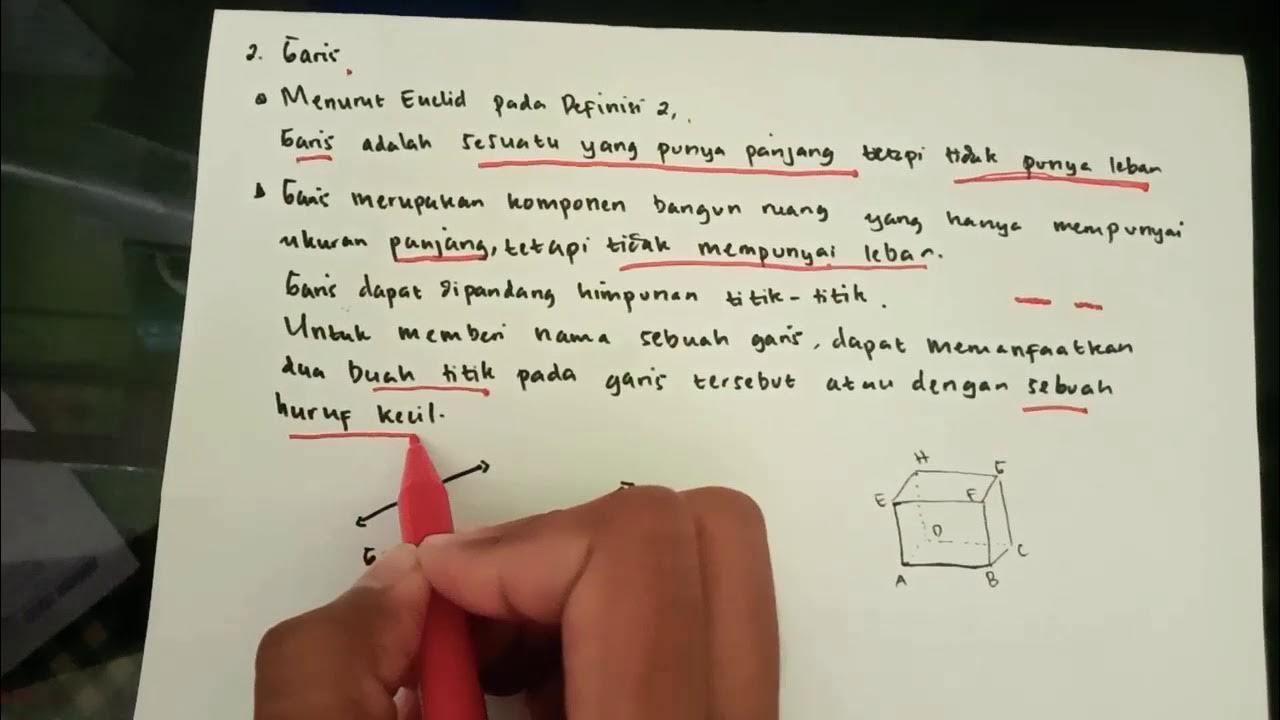Modern Robotics, Chapter 2.1: Degrees of Freedom of a Rigid Body
Summary
TLDRThis video explores the fundamental concept of a robot's configuration, which specifies the positions of its points. It covers rigid bodies (links) connected by joints, the concept of configuration space (C-space), and the degrees of freedom of a robot. Using a two-joint robot as an example, the script illustrates how the C-space is visualized as a torus. The video further explains how the number of degrees of freedom is determined by the robot's rigid bodies, constraints, and dimensions of the space in which they operate. The general rule of calculating degrees of freedom for any system is also discussed.
Takeaways
- 😀 The most fundamental question about a robot is its configuration, which specifies the positions of all its points.
- 😀 Robots are constructed of rigid bodies, often referred to as links, which are connected by joints.
- 😀 Unlike soft robots, rigid robots have a constant shape, allowing for a simplified representation of their configuration using fewer numbers.
- 😀 The configuration space (C-space) is the space of all possible configurations of the robot.
- 😀 The dimension of the C-space is determined by the number of degrees of freedom (DOF), which indicates the minimum number of real numbers needed to describe the robot's configuration.
- 😀 A two-joint robot with revolute joints has two degrees of freedom, represented by the angles of the joints, and its C-space can be visualized as a torus.
- 😀 A rigid body in three-dimensional space has six degrees of freedom, which include three for linear motion (x, y, z) and three for rotational motion (roll, pitch, and yaw).
- 😀 By fixing the positions of specific points on a rigid body, constraints are introduced, reducing the number of freedoms needed to describe its configuration.
- 😀 The number of degrees of freedom in a rigid body can be calculated by considering the number of freedoms of the points and subtracting the constraints imposed on them.
- 😀 The dimension of the C-space for a robot is the sum of the degrees of freedom of its rigid bodies minus the number of independent constraints on those bodies.
Q & A
What is the most fundamental question to ask about a robot?
-The most fundamental question to ask about a robot is 'Where is it?', which refers to the robot's configuration, or the positions of all its points.
What are the main components that make up a robot in the context of this script?
-In this script, a robot is constructed from rigid bodies, also referred to as links, which are connected by joints such as revolute joints.
How does a robot's configuration differ from a soft body's configuration?
-A robot's configuration can be represented by a few numbers because its rigid bodies do not change shape, while a soft body, like a pillow, can be deformed in various ways, making it much harder to represent with a fixed set of numbers.
What is the 'C-space' of a robot?
-The C-space, or configuration space, of a robot is the space that includes all possible configurations of the robot, representing every possible combination of the robot's positions.
How is the number of degrees of freedom (DOF) in a robot's C-space determined?
-The number of degrees of freedom (DOF) of a robot is the dimension of its C-space, or the minimum number of real numbers needed to specify its configuration.
Can you explain the visualization of the C-space for a two-joint robot?
-For a two-joint robot, the C-space can be visualized as a two-dimensional surface of a torus, where each angle of the first joint defines a circle of possible angles for the second joint.
How does a rigid body in three-dimensional space have six degrees of freedom?
-A rigid body in three-dimensional space has six degrees of freedom: three for the position of a point in space (x, y, z), and three for the body's orientation (roll, pitch, yaw).
How are the degrees of freedom of a rigid body determined?
-The degrees of freedom of a rigid body are determined by counting the freedoms of each point on the body, considering their constraints. For example, a rigid body has 3 freedoms for a point's position, 2 freedoms for a second point, and 1 for a third point, leading to a total of six degrees of freedom.
What are the degrees of freedom for a rigid body in a two-dimensional plane?
-In a two-dimensional plane, a rigid body has three degrees of freedom: two for its position (x, y) and one for its orientation (angle).
How does adding constraints to a rigid body affect its degrees of freedom?
-Adding constraints to a rigid body reduces its degrees of freedom. For example, if the z-coordinates of three points on a 6-degree-of-freedom spatial body are fixed to zero, it turns into a 3-degree-of-freedom planar body.
Outlines

Cette section est réservée aux utilisateurs payants. Améliorez votre compte pour accéder à cette section.
Améliorer maintenantMindmap

Cette section est réservée aux utilisateurs payants. Améliorez votre compte pour accéder à cette section.
Améliorer maintenantKeywords

Cette section est réservée aux utilisateurs payants. Améliorez votre compte pour accéder à cette section.
Améliorer maintenantHighlights

Cette section est réservée aux utilisateurs payants. Améliorez votre compte pour accéder à cette section.
Améliorer maintenantTranscripts

Cette section est réservée aux utilisateurs payants. Améliorez votre compte pour accéder à cette section.
Améliorer maintenant5.0 / 5 (0 votes)






